Lower Extremity Prosthesis
There is a wide variety of prostheses that are designed to function and in many cases look(Cosmesis) like a natural arm, leg, hand, or foot. Although there are many different designs, most have similar parts. These include:
- A socket into which the stump of the amputated limb fits
- The suspension, which holds the prosthesis onto the stump
- The shaft
- The foot
- A covering for cosmetic appearances.


The socket is often lined with foam or silicone to protect the stump. Special socks are also worn over the stump to ensure a proper fit and improve comfort.
Choosing and Using a Prosthesis
A number of factors are involved in choosing a prosthesis. They include:
- The location and level of the amputation.
- The condition of the remaining limb.
- Your activity level, particularly for a prosthetic leg or foot.
- Your specific goals and needs.
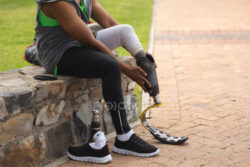
Feet
Amputees today have many different options, and choosing a prosthetic foot is an important decision. Function, body weight, activity levels and recreational interests all need to be considered when selecting the correct foot for you.

Balance Foot
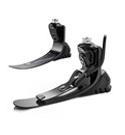
Flex-Foot Assure
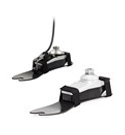
Flex-Foot Balance

RE-Flex Shock
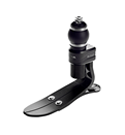
Flex-Rotate
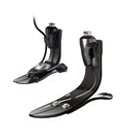
Talux Foot
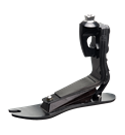
Proflex XC Foot

Flex-Foot Assure
Knee
For above the knee amputations, the prosthesis(artificial leg) has both a knee and ankle joint. Currently there are hundreds of prosthetic knee joints. These are either spring OR pneumatic cylinder OR fluid / hydraulic-controlled activated devices that let users vary their walking speed. Others use computerized parts that let the user make rapid real-time adjustments while walking.

Balance knee
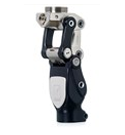
Total Knee 1900

Locking Knee

Balance Knee OFM2
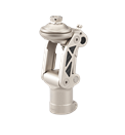
Balance Knee OFM1
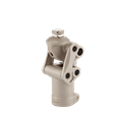
Balance Knee OM8
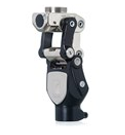
Total Knee 2000

Total Knee 2100
Socket, Liner & Locks
Socket design technology has come a long way from the days of hard plastic and wooden sockets. With the emergence of contoured sockets that fit every aspect of the residual limb, amputees are more comfortable and mobile than ever before. This type of socket distributes weight evenly across the entire surface of the residual limb, eliminating pressure points. Flexible, lightweight materials enable the socket to bend and expand along with the patient’s residual limb.

ICEROSS SEAL-IN X5 TRANSFEMORAL LINER

ICEROSS SEAL-IN X5 TRANSTIBIAL LINER
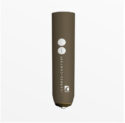
ICEROSS COMFORT LOCKING LINER
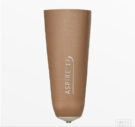
Aspire TF Locking liner

Aspire TT Locking Liner
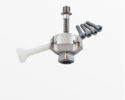
Icelock 125 Ratchet
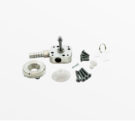
Icelock 214 -- 4 Hole Clutch
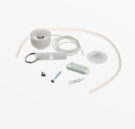
Icelock Thermoplastic Socket


